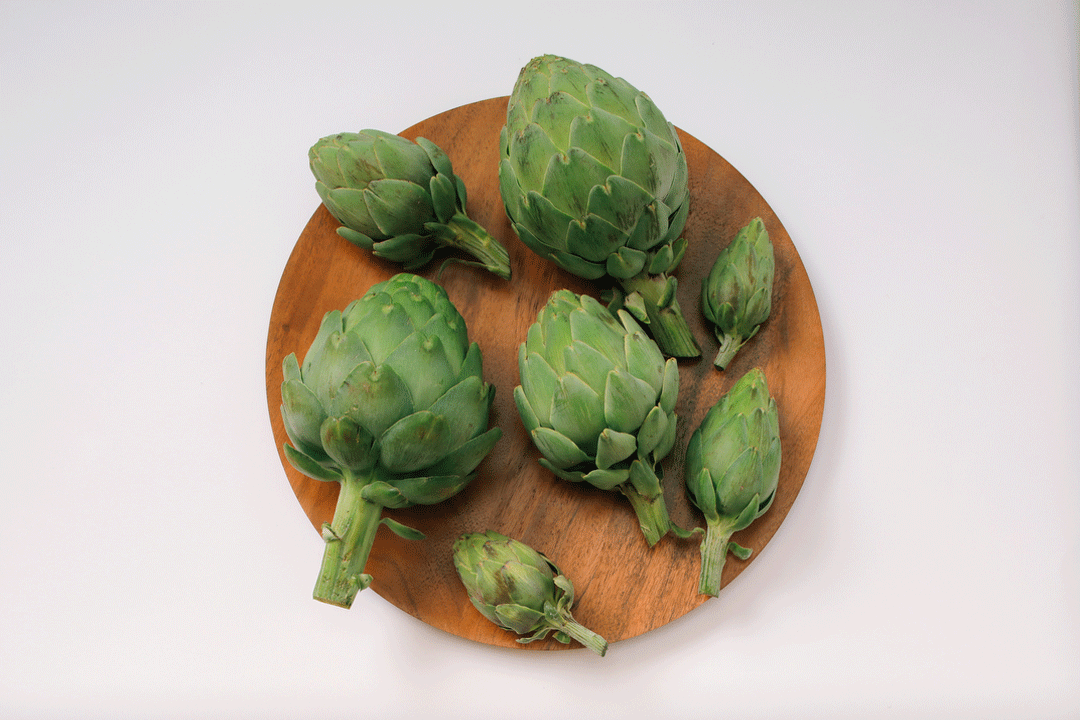Playing Ketchup Catch-Up
- Share via
I felt woozy after the rocket elevator ride to the top of Las Vegas’ Stratosphere tower, and then a martini and dinner in its revolving restaurant. It must have showed. My in-laws from Pennsylvania were no doubt taking pity on me when Aunt Jane offered to track down Gram Weitzel’s legendary ketchup recipe. My husband’s paternal grandmother had been famous for her home cooking, yet the whereabouts of her recipes remained a mystery.
Her ketchup is the reason my husband refuses to eat the bottled stuff. I’ve always doused my French fries in the nearest commercial sludge while leaving him to his prejudices and bare pomme frites. But since much of my cooking has been judged against such Gram base lines as Sunday morning bacon (hers is in a class by itself), pies (we’re on par), fruitcake (mine’s better), I just had to know: What was so life-defining about her ketchup?
A few weeks later, Gram’s “receipt” arrived from Aunt Jane, who got it from Aunt Polly. At first I thought “receipt” was a typo but later learned that it’s an archaic term for a recipe. Something received. Already this was beginning to feel like authentic ancestral cuisine!
My forensic cooking adventure began with a 20-pound box of tomatoes already soft enough for cooking when I bought them that day at the Hollywood Farmers’ Market. I chopped onions, peeled tomatoes, put spices into a cheesecloth sack and dumped everything, along with vinegar, sugar, salt and peppers, into my largest stove-top vat. “Cook, low and slow,” Aunt Jane had written, “. . . plan on most all day.”
Pungent from the get-go, the allspice, cinnamon and clove sachet infused the ketchup with an especially potent wallop. My husband’s first taste brought a nostalgic gleam to his eyes. But as the liquid continued to evaporate, the 1/2 cup of salt remained behind. The sauce went from merely bracing to a tongue-puckering brine as concentrated as Utah’s Great Salt Lake. After five hours of stirring and sampling, I decided to throw the batch out.
Months passed and seasons changed before I could get back to my ketchup project. This time, I settled on the best supermarket Roma tomatoes I could find, a kind with less liquid than the eating tomatoes I had tried before. My British friend Bridget offered the use of her kitchen and an ancient, low-burning gas stove. She would spend the day alongside, making her mother’s tomato chutney.
When I measured the ingredients, I tasted as the salt went in, halving the initial amount. (Gram Weitzel, who lived into her 80s, had probably never heard of the health warnings about sodium--or didn’t care.) After six hours, the ketchup was thick and chunky, its flavor a bright, tangy alternative to commercial ketchup’s singed, flat taste. My husband would be moved to make a perfect meatloaf when I got home. But first, I had to swing through McDonald’s and put Gram’s sauce to the test.
“Would you like some ketchup to go with that?” the intercom voice inquired after I ordered some fries.
“No, thanks,” I said, a load of sterilized jars filled with the hot, homemade condiment in the back of my car. Somehow I managed to stop myself from adding, “I’ve brought my own.”Gram Weitzel’s Ketchup Receipt
(BEGIN TEXT OF INFOBOX / INFOGRAPHIC)
Gram Weitzel’s Ketchup Receipt
Makes about 5 cups
Like Heinz, Gram Weitzel preferred the term “ketchup” to “catsup,” but all similarities end there.
*
8-10 pounds tomatoes (preferably Roma or other sauce tomatoes)
5 medium onions, finely chopped
1 1/2 cups sugar
1/2 tablespoon pepper
1/8 cup salt (or less, depending on taste)
1 1/2 cups cider vinegar
*
In cheesecloth, put:
1 1/4 tablespoons celery salt
1 1/4 tablespoons cinnamon
1 tablespoon ground cloves
1/8 teaspoon dried pepper flakes
1/2 tablespoon dry mustard
*
Peel tomatoes or put through sieve. Put in large pot with onions, sugar, pepper, salt, vinegar and spice-filled cheesecloth tied with string. Then, according to Aunt Jane, who got the recipe from Aunt Polly, “cook, low and slow, until the consistency you desire. Not sure of the time, but plan on most all day.” When done, ketchup should be thick and chunky. For smoother consistency, puree. Place in clean containers and refrigerate or can according to standard canning directions.
*
Food stylist: Christine Anthony-Masterson
More to Read
Eat your way across L.A.
Get our weekly Tasting Notes newsletter for reviews, news and more.
You may occasionally receive promotional content from the Los Angeles Times.










